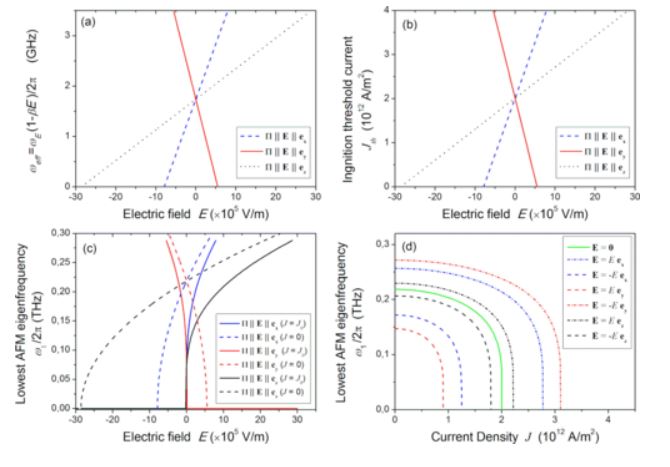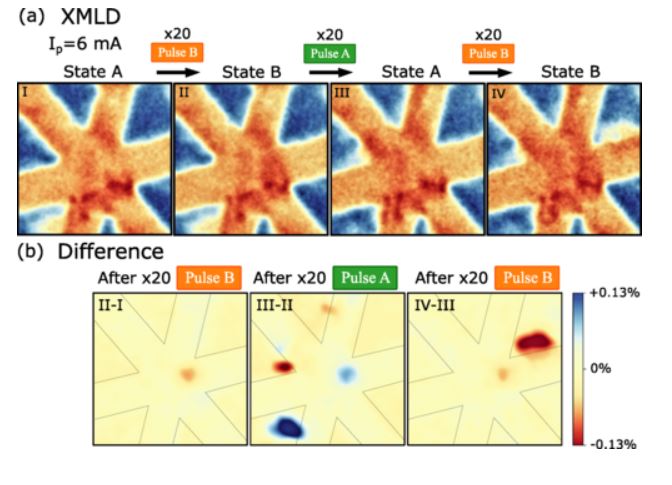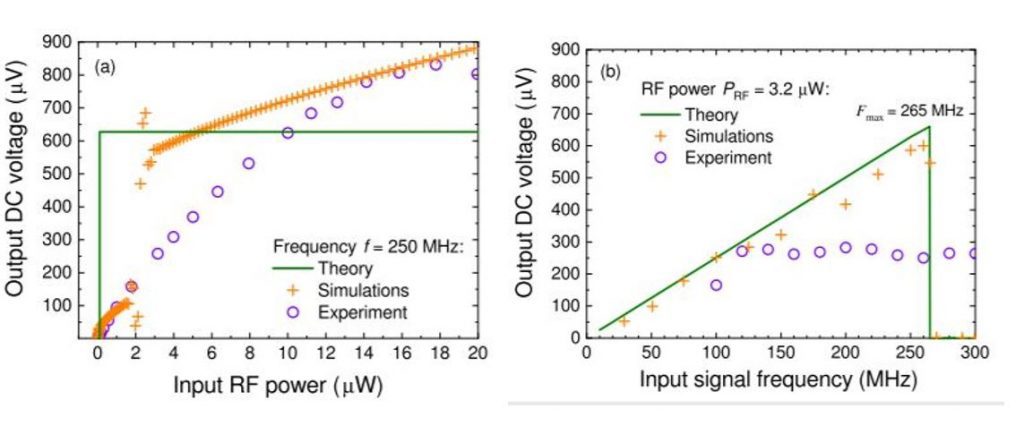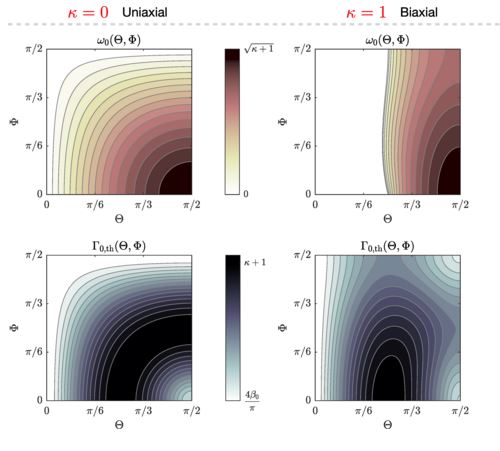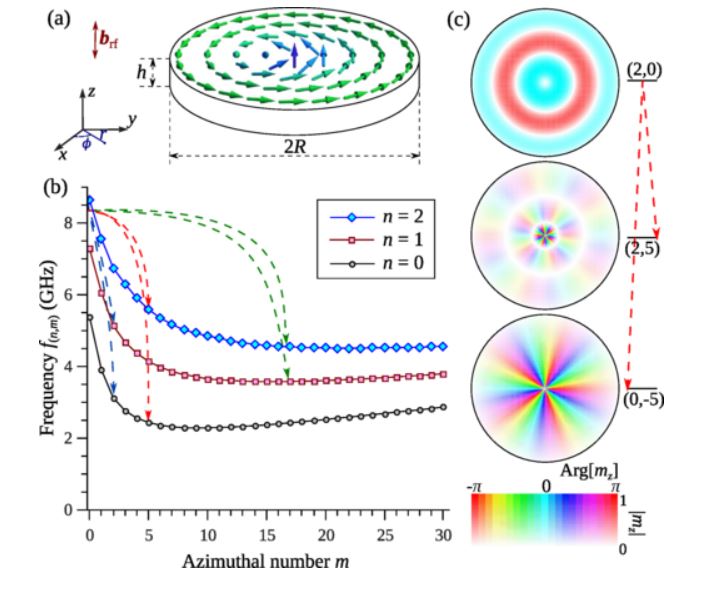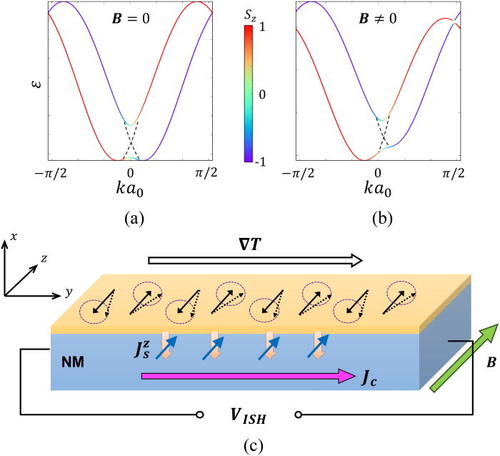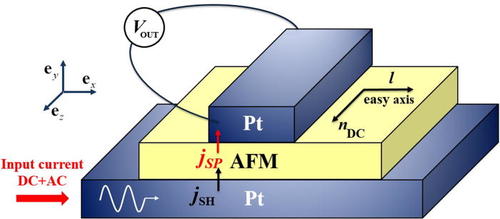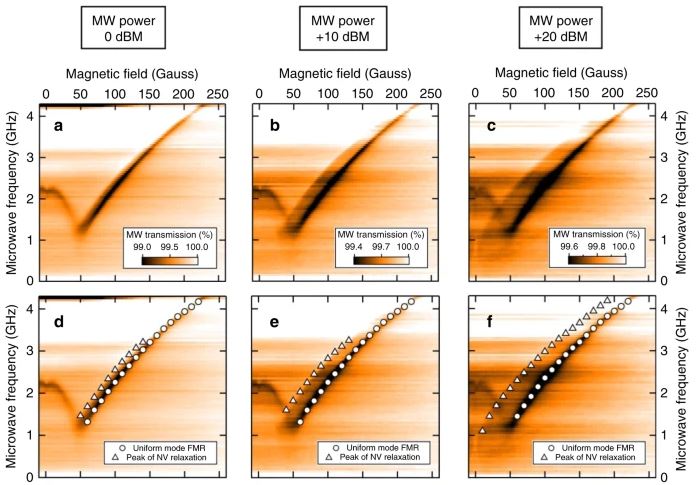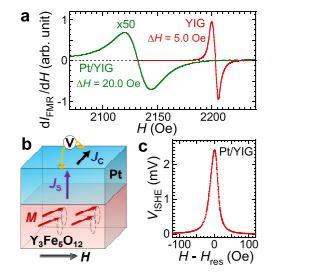Coherent spin pumping at THz frequency range was recently reported in antiferromagnets with easy-axis anisotropy such as MnF2 and Cr2O3. However, easy-plane antiferromagnets such as NiO, which are much easier to make, were considered to be bad candidates because the Néel vector is linearly polarized, placing a major restriction on the choice of materials for real applications. Cheng’s group challenged this seemingly established conclusion by showing that easy-plane antiferromagnets can pump dc spin currents with the help of either a magnetic field or the Dzyaloshinskii-Moriya interaction (DMI), and the amplitude can be as strong as their easy-axis counterparts. Collaborating with the Nanoscale Quantum Sensing Lab at UCSD, it has been demonstrated both theoretically and experimentally that bulk single-crystal hematite ( -Fe2O3) can pump dc spin current at room temperature thanks to the DMI. Furthermore, it has been predicted that NiO (and similar oxides) can pump dc spin current via the resonance of the acoustic antiferromagnetic mode (around 0.1 THz) when a magnetic field below 5T is applied along the easy axis. As a reciprocal effect, Cheng’s group predicted that the threshold current density required to excite auto-oscillation of NiO can be suppressed by 1~2 order of magnitude by a moderate magnetic field below the spin-flop transition. The reduced threshold does not come at the price of compromised frequency, paving the way to ultrafast spin-torque oscillator with low energy consumption.
This work has been published as two papers, in Physical Review Letters, available here, and in Physical Review Applied, here.

